This article was medically reviewed by Sarah Gehrke, RN, MS and by wikiHow staff writer, Jessica Gibson. Sarah Gehrke is a Registered Nurse and Licensed Massage Therapist in Texas. Sarah has over 10 years of experience teaching and practicing phlebotomy and intravenous (IV) therapy using physical, psychological, and emotional support. She received her Massage Therapist License from the Amarillo Massage Therapy Institute in 2008 and a M.S. in Nursing from the University of Phoenix in 2013.
There are 15 references cited in this article, which can be found at the bottom of the page.
This article has been viewed 34,692 times.
It's frustrating to deal with hair loss due to an autoimmune condition like alopecia, whether your hair loss is patchy (alopecia areata), you've lost the hair on your scalp (alopecia totalis), or you've lost hair over your entire body (alopecia universalis). If you have mild hair loss, you may be able to improve the health of your hair follicles to regrow hair. For more severe or persistent hair loss, ask your doctor or dermatologist to prescribe treatments that can stimulate hair growth.
Steps
Getting Medical Treatment
-
1Get corticosteroid injections every 4 to 6 weeks. If you have mild alopecia areata, a dermatologist will inject corticosteroids directly into the area where hair has fallen out. The corticosteroids will prevent your immune system from attacking the hair follicles, and you can expect hair to begin growing about 4 weeks after your last injection.[1]
- Corticosteroids are also available as a topical treatment, which make them easier for children with alopecia areata to use.
-
2Apply minoxidil 1 to 2 times a day. Mild alopecia can be treated by spreading minoxidil on the skin for about 3 months. If you have more severe alopecia or your hair doesn't respond to the minoxidil, ask your doctor about using it along with another alopecia treatment.[2]
- Minoxidil is often used along with topical corticosteroids.
- Anthralin is another topical treatment that you might be prescribed. You'll need to apply the cream or lotion and wash it off after 30 to 60 minutes. Hair can begin growing back within 8 to 12 weeks.
Advertisement -
3Rub medication to cause an allergic reaction over the bald skin. If you have inflammation and extensive alopecia, the doctor can prescribe diphencyprone (DPCP), which can trick your immune system and restart hair growth.[3] A clinician will rub a highly concentrated amount of DPCP over your skin, which you'll leave on for 2 to 3 days. Once you've had a reaction, the clinician will apply a weaker solution of DPCP on the area once a week.[4]
- You'll need to use DPCP for 3 months for the hair to regrow.
-
4Take oral corticosteroids for severe alopecia areata, totalis, or universalis. Oral corticosteroids can improve your condition by suppressing your immune system. Because of the risk for side effects, doctors usually prescribe them to be used for a short period of time.[5]
- Side effects include glaucoma, swelling in the logs, high blood pressure, behavioral issues, and weight gain.
- Young adults are less likely to experience side effects while taking short courses of oral corticosteroids.
-
5Apply topical immunotherapy for severe alopecia, totalis, or universalis. The dermatologist will spread medication directly onto the balding skin. Your immune system will send white blood cells to the area, which can cause hair to regrow.[6]
- Side effects of topical immunotherapy include redness, itching, and rash because your immune system is reacting to the medication.
Managing Your Alopecia
-
1Massage your scalp for 4 minutes every day. Research shows that briefly massaging your scalp every day can make your hair thicker. Although massage won't make your hair grow faster, it will make it appear fuller. For a basic scalp massage, rub your fingertips in a circular motion across your entire scalp.[7]
- To help you remember to massage your scalp every day, do it when you shampoo or condition your hair.
- Talk to your doctor about including essential oils in your massage. You can use an essential oil like thyme, rosemary, or cedar wood mixed with a carrier oil like jojoba.[8]
-
2Adopt an autoimmune-friendly diet. There are certain changes you can make to your diet that can help lessen the symptoms and severity of your alopecia. Since alopecia is an autoimmune disease, you'll want to avoid foods that can make autoimmune diseases worse.[9]
- Try eliminating dairy and gluten from your diet.
- Eat organ meats, like liver and heart, to get more vitamins and minerals.
- Incorporate foods that contain probiotics into your diet, like kefir, sauerkraut, and yogurt.
-
3Include more iron, biotin, and zinc in your diet. If you have alopecia that's caused by a nutrient deficiency, add leafy greens, beans, lean meat, and tofu to your diet. These will add iron, biotin, and zinc, which are thought to improve hair quality and reduce hair loss.[10]
- Good leafy greens include spinach, kale, and chard.
- If you have alopecia areata, talk to your doctor about getting these nutrients through the dietary supplement quercetin.[11]
-
4Protect your hair when you brush and style it. Choose a brush made of natural or flexible bristles, instead of metal or plastic bristles, which can damage your hair. To prevent more damage to your hair, don't use a hot heat setting if you use a blow dryer. If you do blow dry your hair, use a low setting or even air dry your hair before styling it.[12]
- Protecting your hair shafts won't speed up hair growth, but it will make your hair look fuller and healthier.
-
5Consider getting acupuncture treatments. Although research is needed to determine how useful acupuncture is in improving hair growth, some people believe that 4 to 5 sessions of acupuncture can stimulate the hair follicles. If you choose to try acupuncture, assess the results after a few sessions to decide if you should continue them.[13]
-
6Protect your scalp or skin. Hair protects the skin on your scalp from exposure to the sun, while hair near your eyes keeps dust or dirt from getting into them. To protect your skin, apply sunscreen, wear sunglasses, and protect the top of your head from the elements. You may want to wear hats, scarves, wigs, or caps to keep your head warm and protect your skin from UV rays.[14]
- If you've lost the hair inside your nostrils, apply a light, water-based ointment inside them to keep them moisturized. Avoid using fat-based ointments like petroleum jelly and mineral oil.[15]
Identifying Types of Alopecia
-
1Look for small patches of hair loss to diagnose alopecia areata. If you're losing small round patches of hair on your body, you may have one of the most common forms of alopecia. Alopecia areata may cause:[16]
- Loss of hair and regrowth of hair in different places
- A lot of hair loss in several days or weeks
- Hair loss on just one side of your scalp
- Tiny rows of dents on your fingernails
-
2Examine your scalp to determine if you have alopecia totalis. Look at your scalp and decide if you're gradually losing the hair there. Alopecia totalis is a total loss of hair that can begin as alopecia areata. You may not have hair loss in other areas of your body.[17]
- Alopecia totalis is thought to be an autoimmune condition. Although it can't be cured, the hair may begin to regrow on its own.
-
3Check the rest of your body for hair loss or skin problems. If you've been losing all of the hair on your body (including around your eyes and pubic area), you may have alopecia universalis. Other signs of alopecia universalis include:[18]
- Itching or burning of the skin
- Autoimmune disorders
- Atopic dermatitis
- Dents or pitting on your fingernails
-
4Talk with your primary care physician. If you think you have alopecia, ask your doctor to confirm a diagnosis. The doctor will examine you and discuss your hair loss to determine what type of alopecia you have. If the doctor suspects that you have alopecia universalis, they may want to do a scalp biopsy to examine the hair more closely.[19]
- The doctor may refer you to a dermatologist depending on your diagnosis.
References
- ↑ https://www.naaf.org/alopecia-areata/alopecia-areata-treatments
- ↑ https://www.aad.org/public/diseases/hair-and-scalp-problems/alopecia-areata#treatment
- ↑ http://www.jidsponline.org/article/S1087-0024(16)30028-4/pdf
- ↑ https://www.aad.org/public/diseases/hair-and-scalp-problems/alopecia-areata#treatment
- ↑ https://www.naaf.org/alopecia-areata/alopecia-areata-treatments
- ↑ https://www.naaf.org/alopecia-areata/alopecia-areata-treatments
- ↑ https://www.ncbi.nlm.nih.gov/pmc/articles/PMC4740347/
- ↑ https://www.ncbi.nlm.nih.gov/pubmed/9828867
- ↑ https://www.wddty.com/magazine/2016/january/reversing-the-irreversible.html
- ↑ https://www.ncbi.nlm.nih.gov/pubmed/20823774
- ↑ https://www.ncbi.nlm.nih.gov/pmc/articles/PMC3273564/
- ↑ https://www.huffingtonpost.com/2015/04/21/blowdrying-mistakes-tips_n_7097210.html
- ↑ https://www.acupuncture.org.uk/public-content/public-ask-an-expert/ask-an-expert-body/ask-an-expert-body-skin-conditions/ask-an-expert-body-skin-conditions-hair-loss/how-many-acupuncture-treatments-required-for-alopecia-areata.html
- ↑ https://rarediseases.info.nih.gov/diseases/614/alopecia-universalis
- ↑ https://www.mayoclinic.org/petroleum-jelly/expert-answers/faq-20057784
- ↑ https://www.naaf.org/alopecia-areata
- ↑ https://rarediseases.info.nih.gov/diseases/613/alopecia-totalis
- ↑ https://rarediseases.info.nih.gov/diseases/614/alopecia-universalis
- ↑ https://www.aafp.org/afp/2009/0815/p356.html
About This Article
To treat alopecia, massage your scalp for 4 minutes each day to make your hair appear fuller. Alternatively, brush your hair with a soft-bristled brush to protect your hair. You should also eat foods containing iron and zinc, such as spinach, lean meats, or tofu, which can help reduce hair loss. Additionally, apply minoxidil to your scalp 1 to 2 times a day for 3 months to help encourage hair growth. For tips on how to adopt an autoimmune-friendly diet to help treat alopecia, read on!
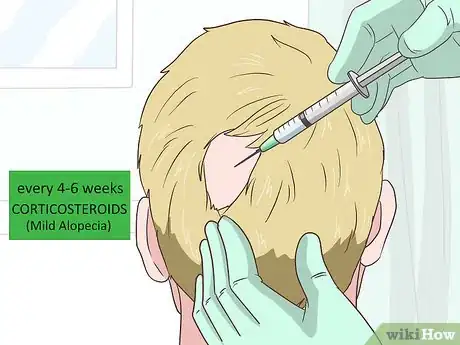
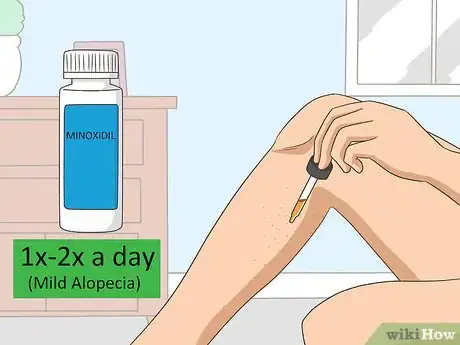
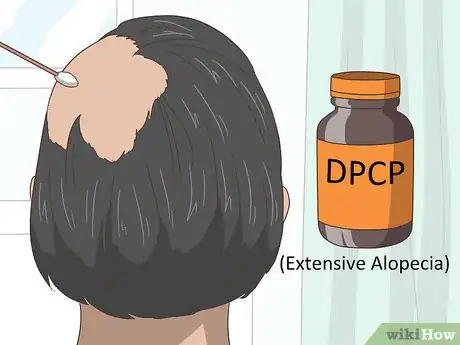
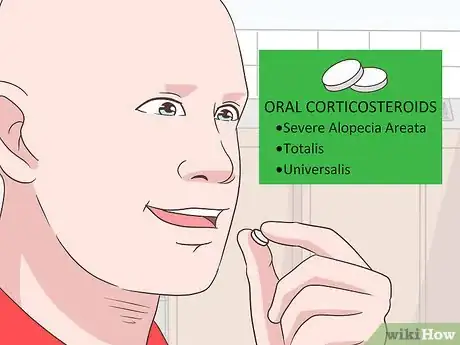
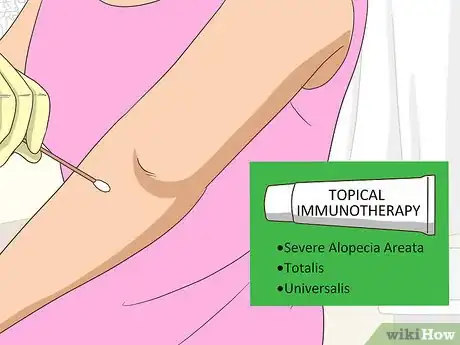

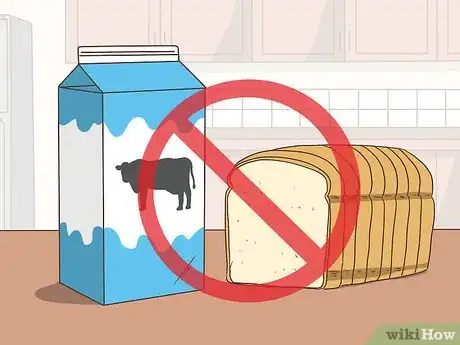
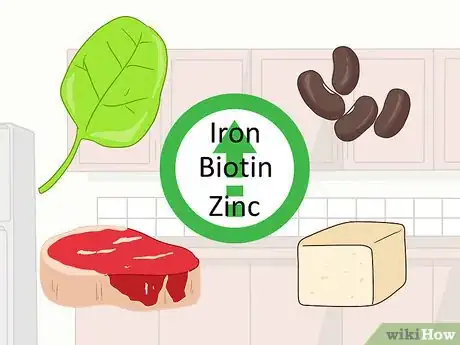
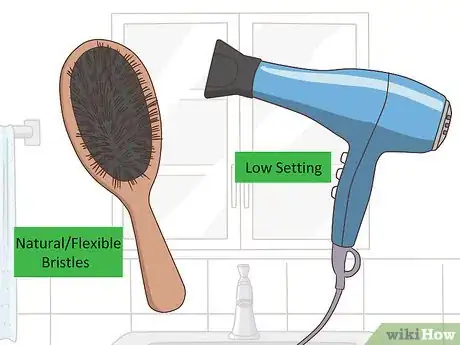
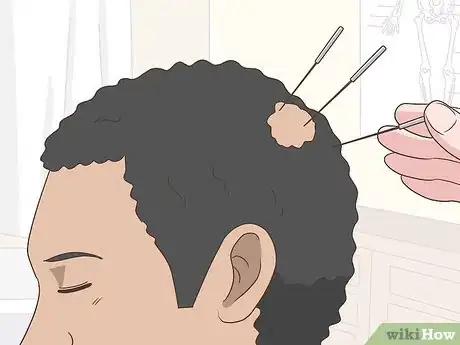

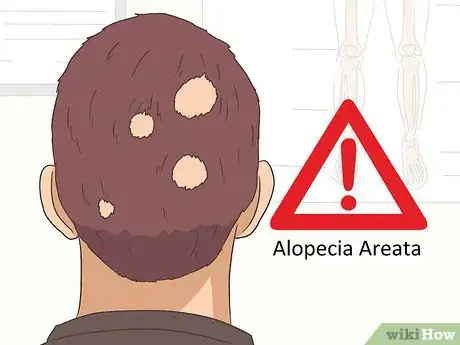
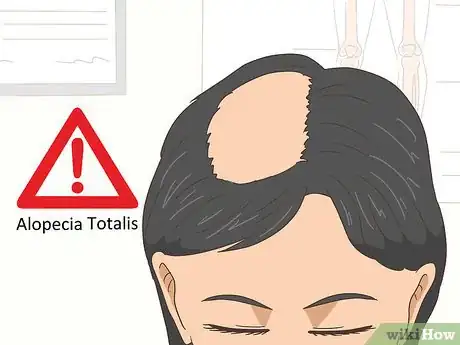
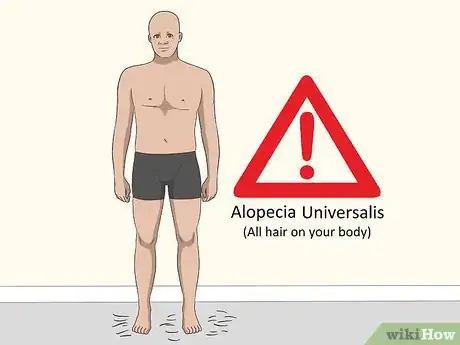
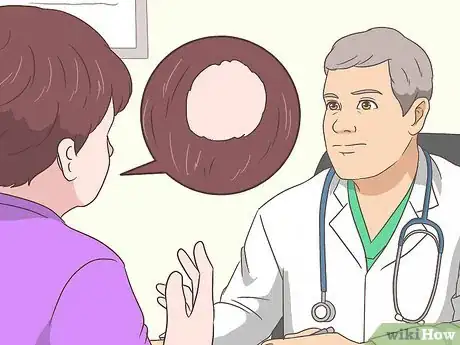

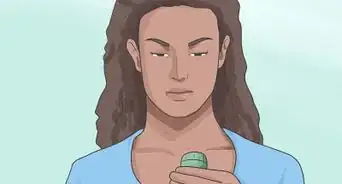
-Step-11.webp)


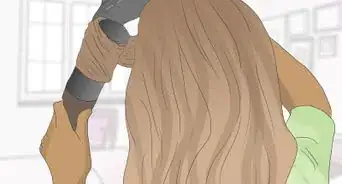
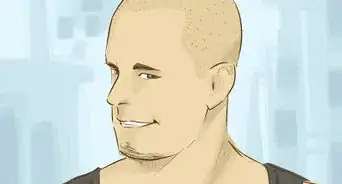

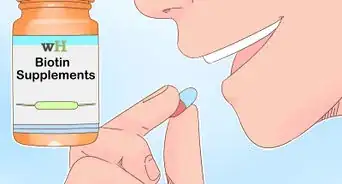

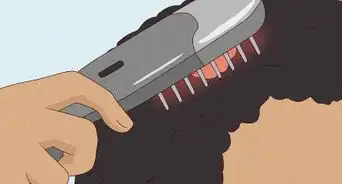

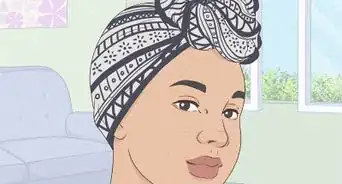










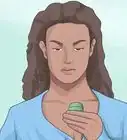
-Step-11.webp)



































